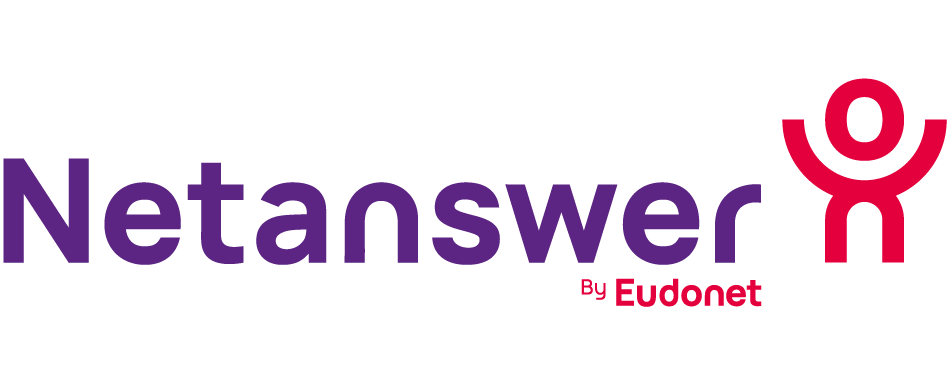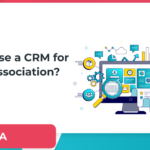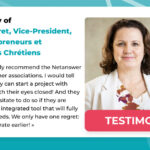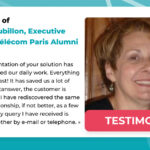Constructing personas allows you to identify your members, their goals and the barriers that prevent them from achieving those goals.
If personas are often used in the context of product development, they also prove to be a powerful tool in the context of an association site, whether it is for former graduates / alumni, company alumni or professional community.
Indeed, personas allow you to build your content, optimise your user journey or adapt your communication for a defined audience.
1. COLLECT YOUR DATA

It is essential to build these personas as a team. Do not hesitate to discuss them internally during brainstorming meetings, this will allow you to confront your different visions.
Surveys
For issues that raise too many questions or provoke too much debate internally, you can create surveys to gather information from your users.
The Surveys module from NetAnswer allows you to create surveys or quizzes that will be sent to all or part of your base in a few clicks.
User Interviews
To better understand your members, the ideal is to interview them directly so as not to let your personal impressions bias your judgment. So, you can conduct interviews with your users to identify their needs or frustrations and see how you can address them.
Social networks
Following your members on social networks allows you to animate your network but also to observe the habits of your users and to know their motivations. Without being intrusive, don’t hesitate to relay and comment on their posts to get as much feedback as possible.
Data
You can use Google Analytics data to analyse your audience, create user segments or track their journeys via Google Tag Manager.
To take it a step further we at NetAnswer offer a Statistics module that allows you to analyse your site and take advantage of the different information we collect to learn more about your members’ behaviour.
2. ANALYZE YOUR DATA

You can organise your data by segmenting your members demographically (according to the age of your members etc.) or in their usage (regular users, occasional users…).
For this step, you don’t need to go into detail, but you should take care to group your data into segments that are relevant to your activity. For an alumni association, for example, there will be little point in segmenting your members according to their gender, but it might be more relevant to do so according to their engagement: frequency of membership, participation in events, click-through rate or even seniority.
3. CREATE YOUR PERSONAL FILES
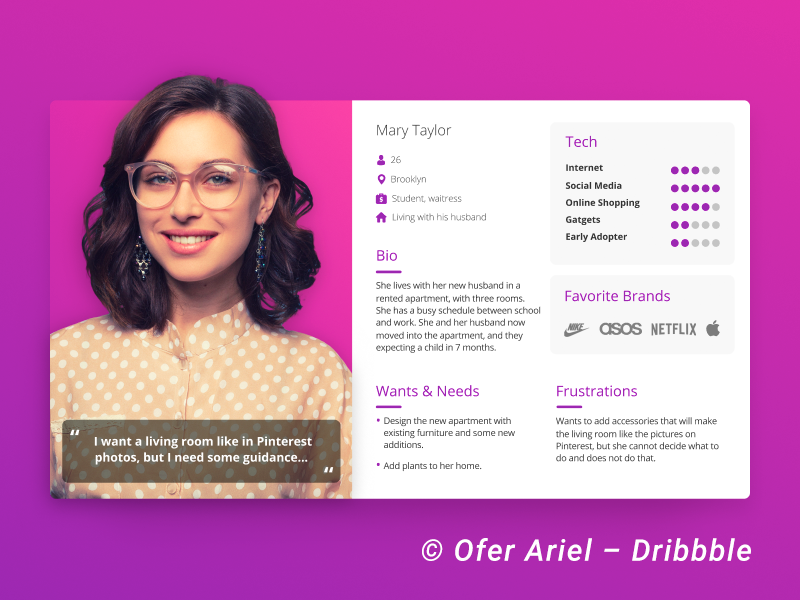
- Photo
- First name
- Place of residence
- Quote
- Short Biography
- Goals
- Needs
- Frustrations
- Motivations…
You can go further in this customization by adding traits that will give characters to your personas: hobbies, favorite music, inspirations…
Be careful not to fall into clichés that would reduce the scope of your personas, keep in mind that they should represent a segment of your audience.
Don’t create too many personas, if they are too similar they will probably have to be combined. Conversely, if you have too few personas, you risk missing your target audience. Building 3 or 4 personas should be enough to cover your entire population.
In our tool, you can segment your members thanks to the dynamic queries that allow you to create lists that update automatically according to defined criteria. For example, if you have a persona defined as an active member of the network, you can create a dynamic query that groups all members with a high “Score”, calculated on the basis of their number of connections, participation in events, subscriptions etc.
4. HIGHLIGHT YOUR PERSONAL FILES
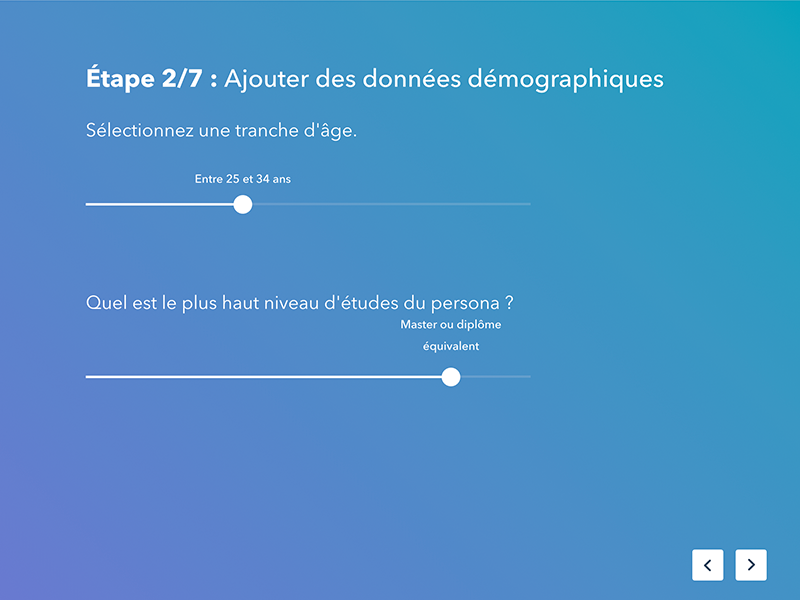
If you don’t want to waste too much time on graphical personas, you can use free online tools that will help you get quality records.
Hubspot
https://www.hubspot.fr/make-my-persona
Userforge
https://docs.userforge.com/features/user-persona-templates
If substance is to be favoured over form, it will be nicer to have personas in the form of index cards to keep them in mind more easily and to make the exercise more fun.
5. CULTIVATE YOUR PERSONAS

To take up our previous example of a persona active with the network, you can focus your communication by sending an email through our tool to a segment of members corresponding to the persona in question, in order to thank them for their involvement and create a more privileged link with them.
But remember to evolve these personas over time. Not only will you have more and more data that will allow you to refine or revise your profiles, but your audience may also change. So be sure to rework your personas regularly to keep up with reality.
ANY QUESTION ?
